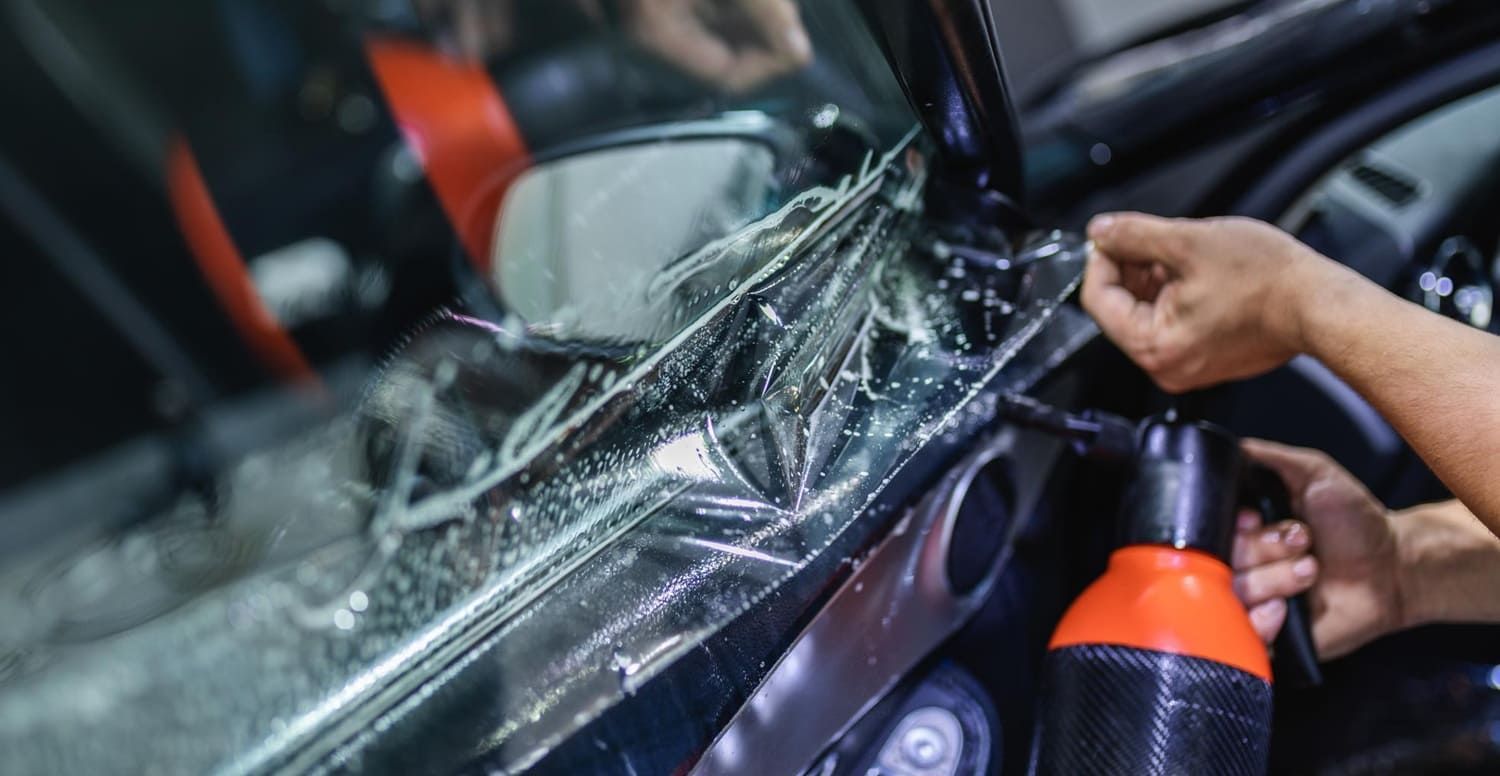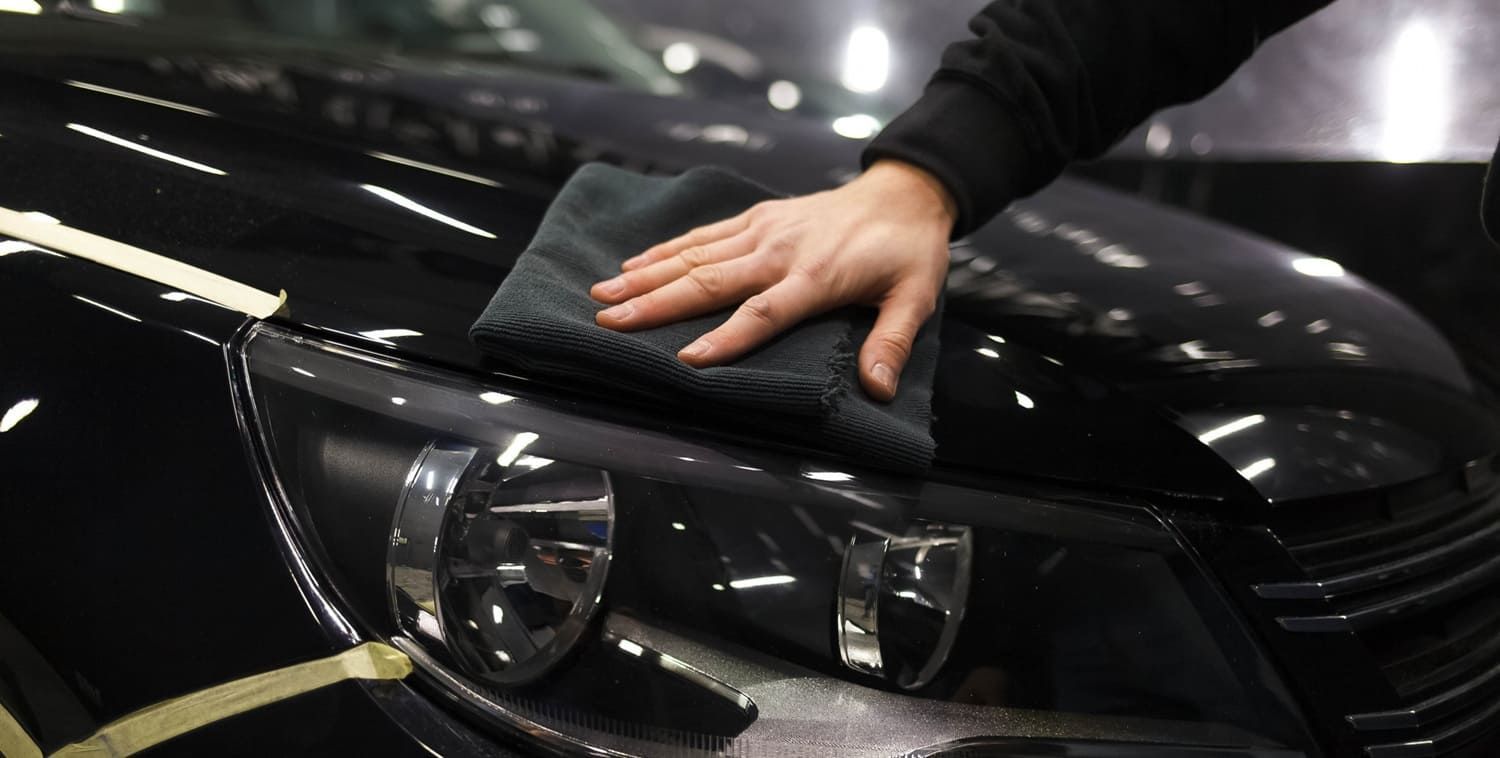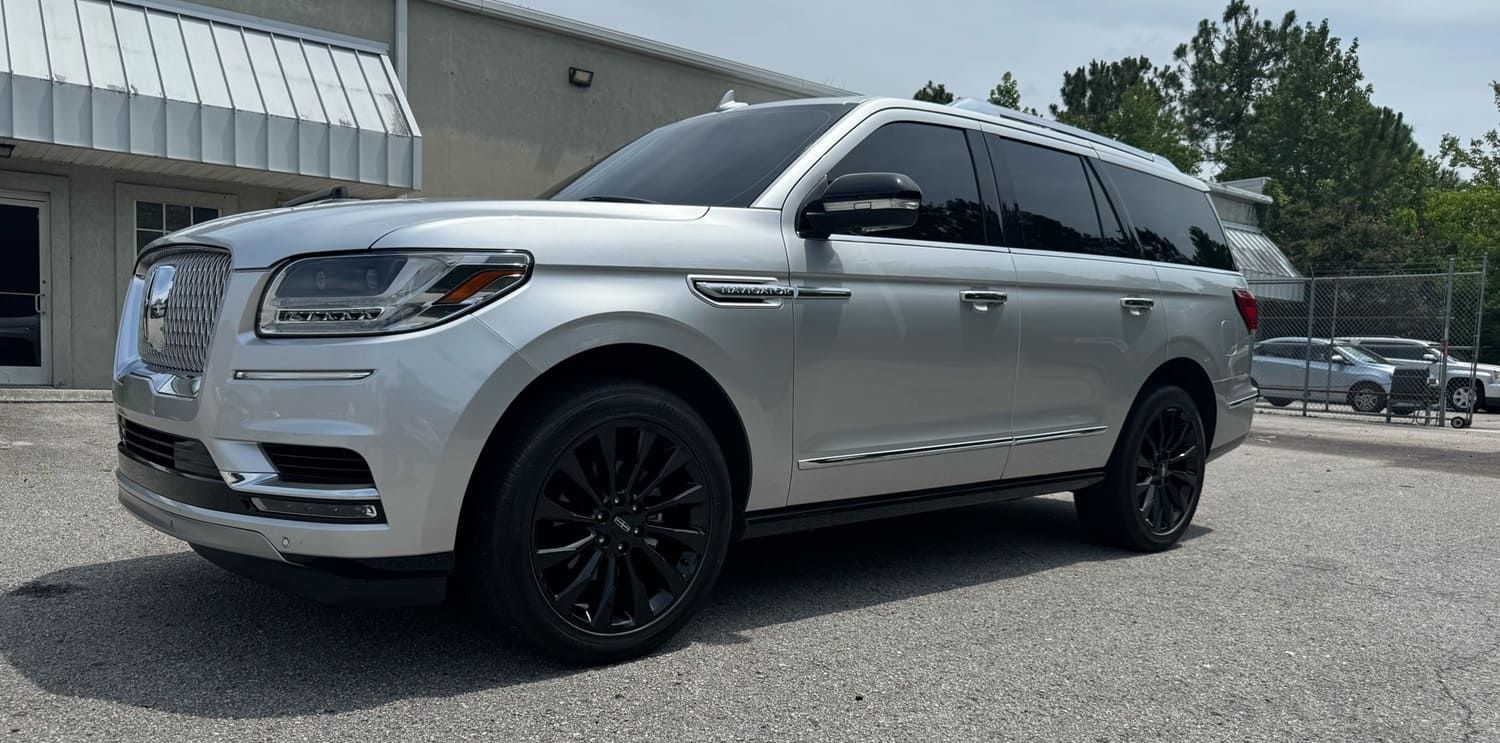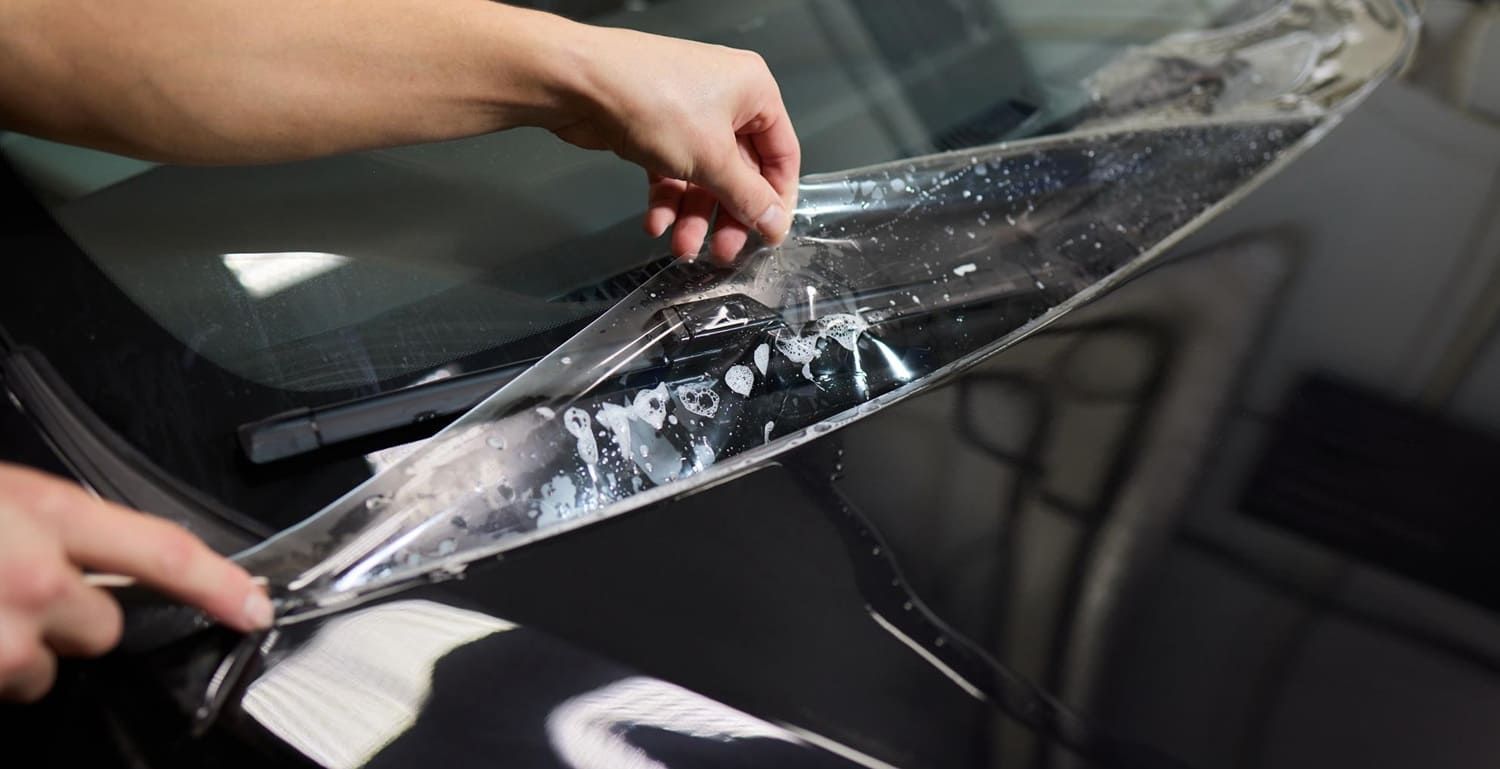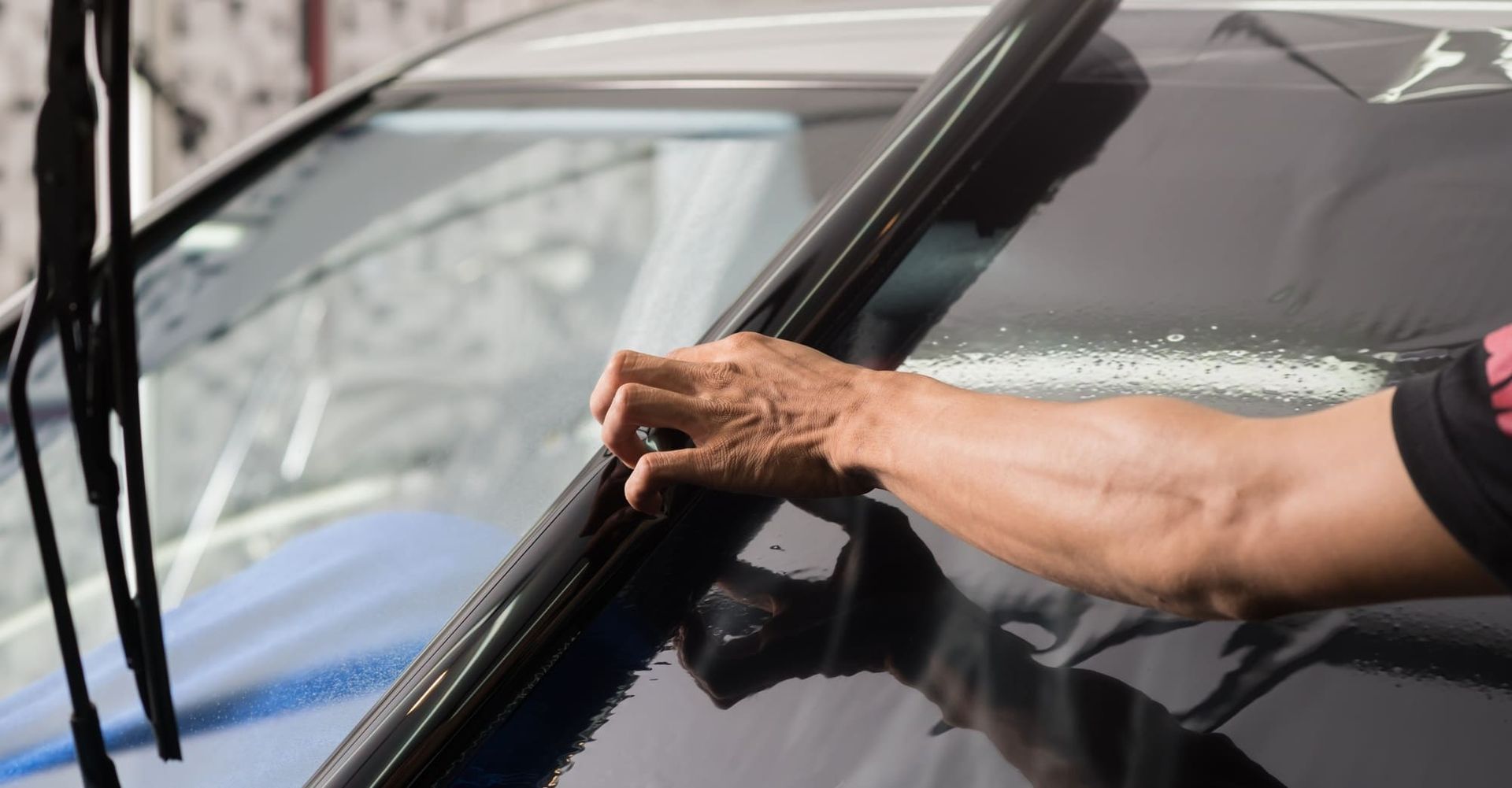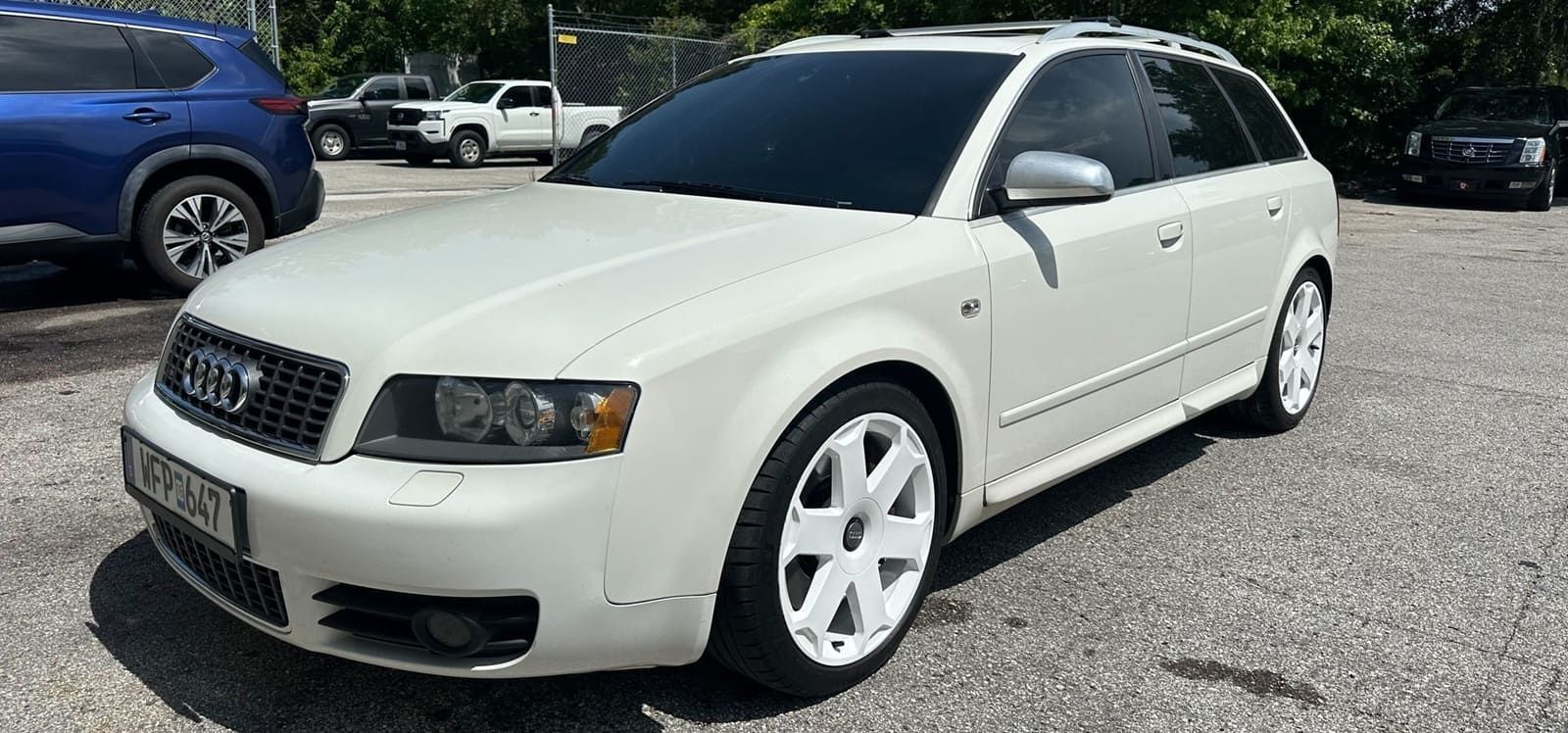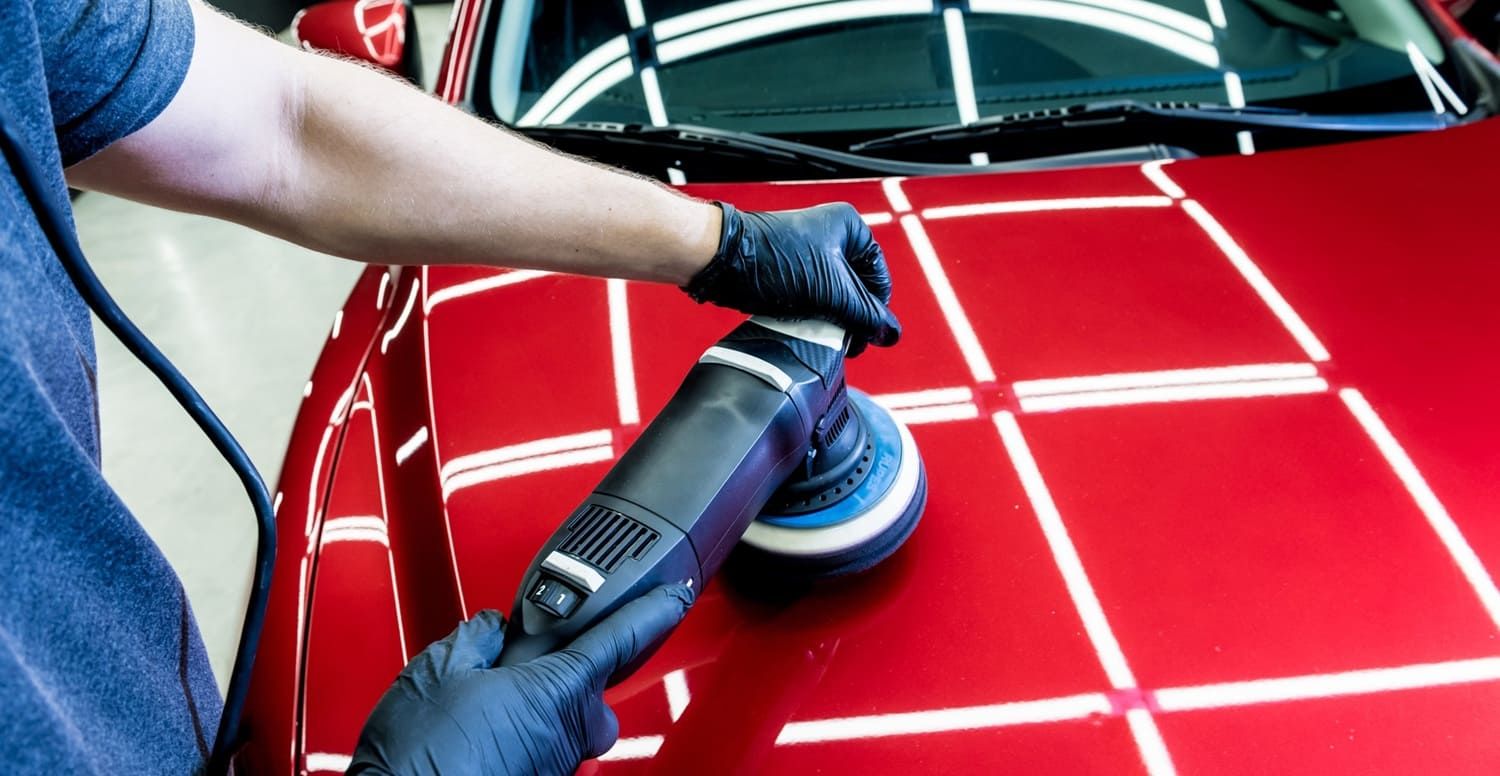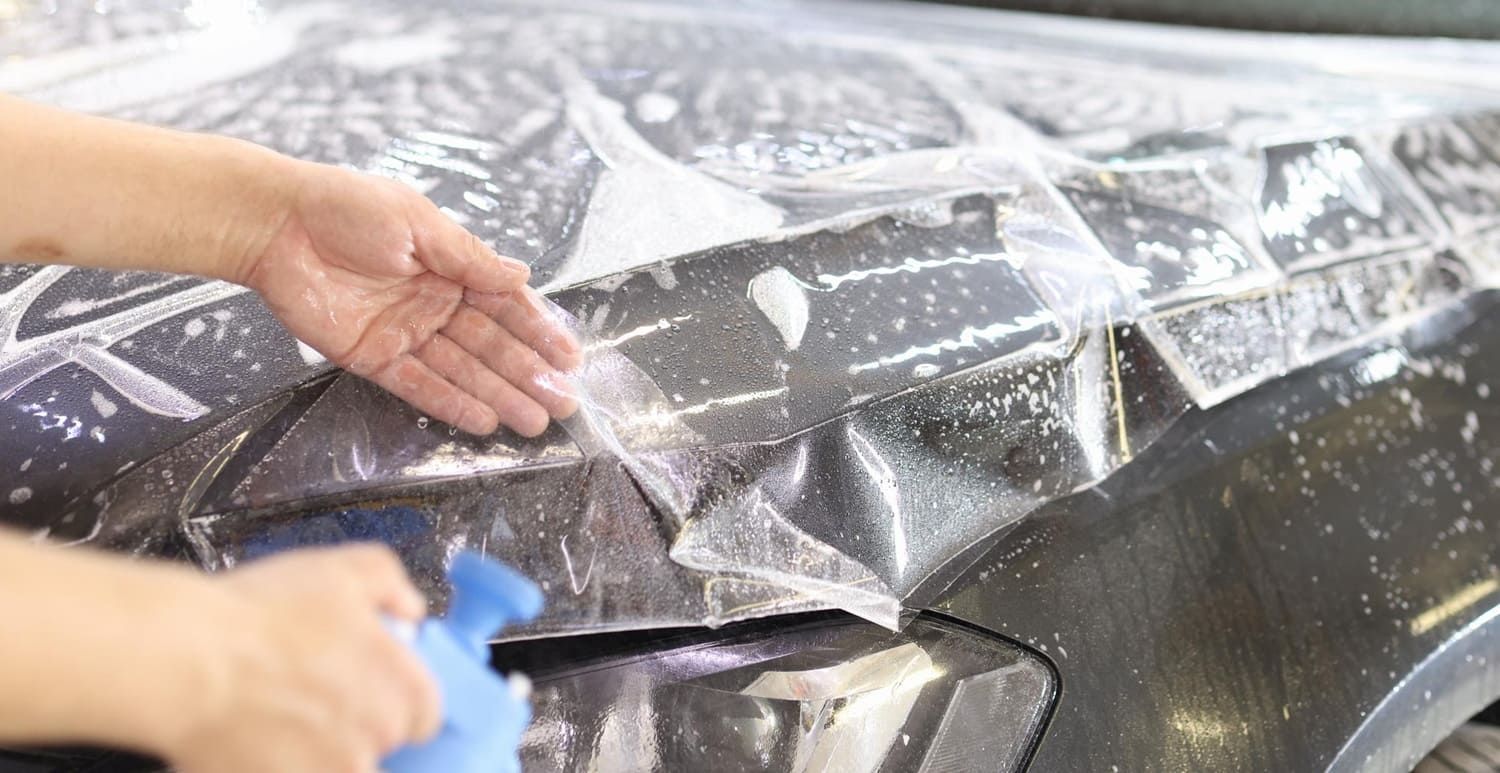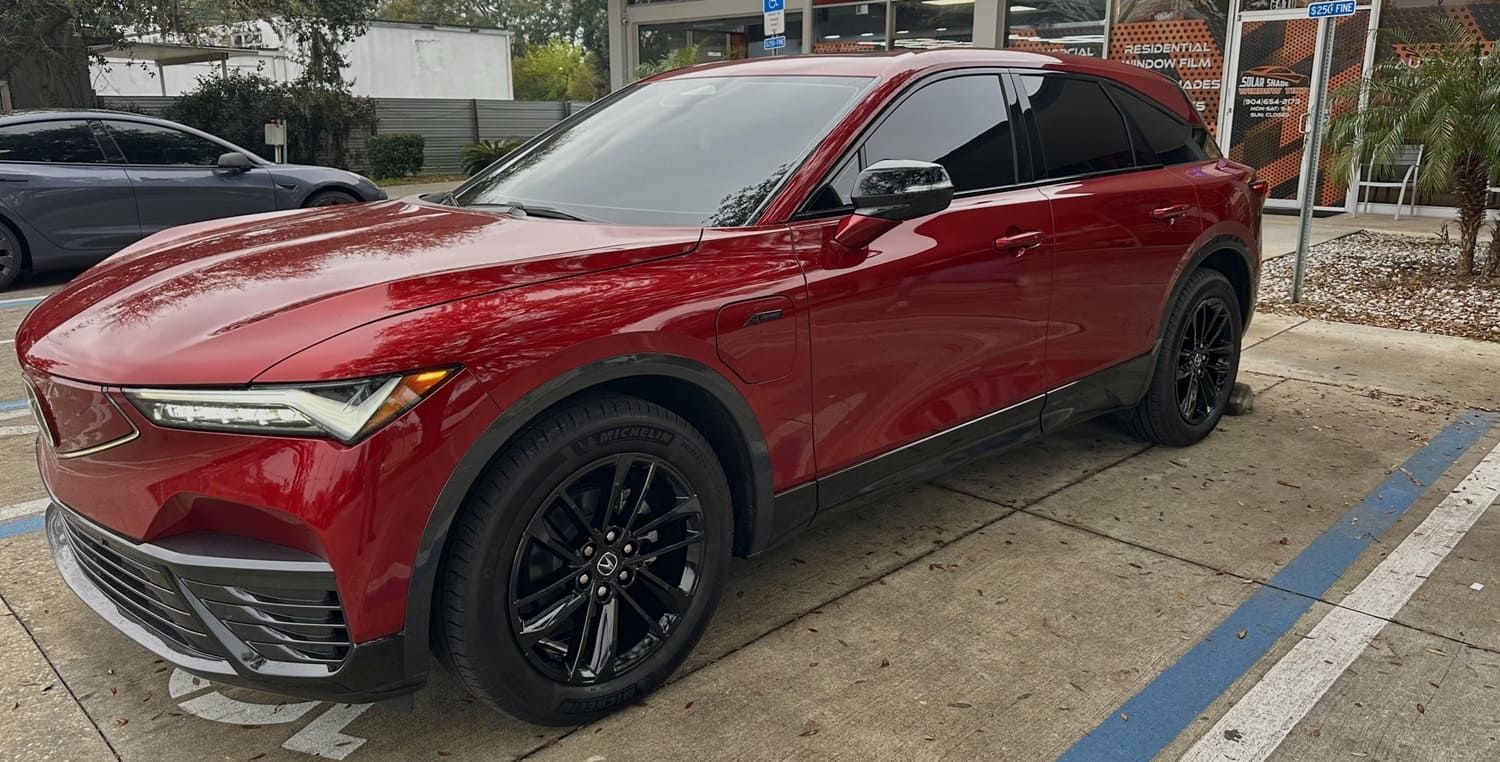Do You Still Need to Wax After Ceramic Coating?
Ceramic coatings have revolutionized car care, offering long-lasting protection for your vehicle's paint. They form a strong bond with the paint, providing a durable shield against environmental damage.
But what about waxing? Is it still necessary after applying a ceramic coating? Many car owners wonder if they should continue this traditional practice.
In this article, we'll explore the role of waxing in car care after ceramic coating. We'll also delve into essential maintenance tips to keep your coating in top condition.
Understanding the differences between ceramic coatings and wax is crucial for optimal car care. Let's dive into the world of ceramic coating maintenance and discover the best practices for preserving your car's shine.
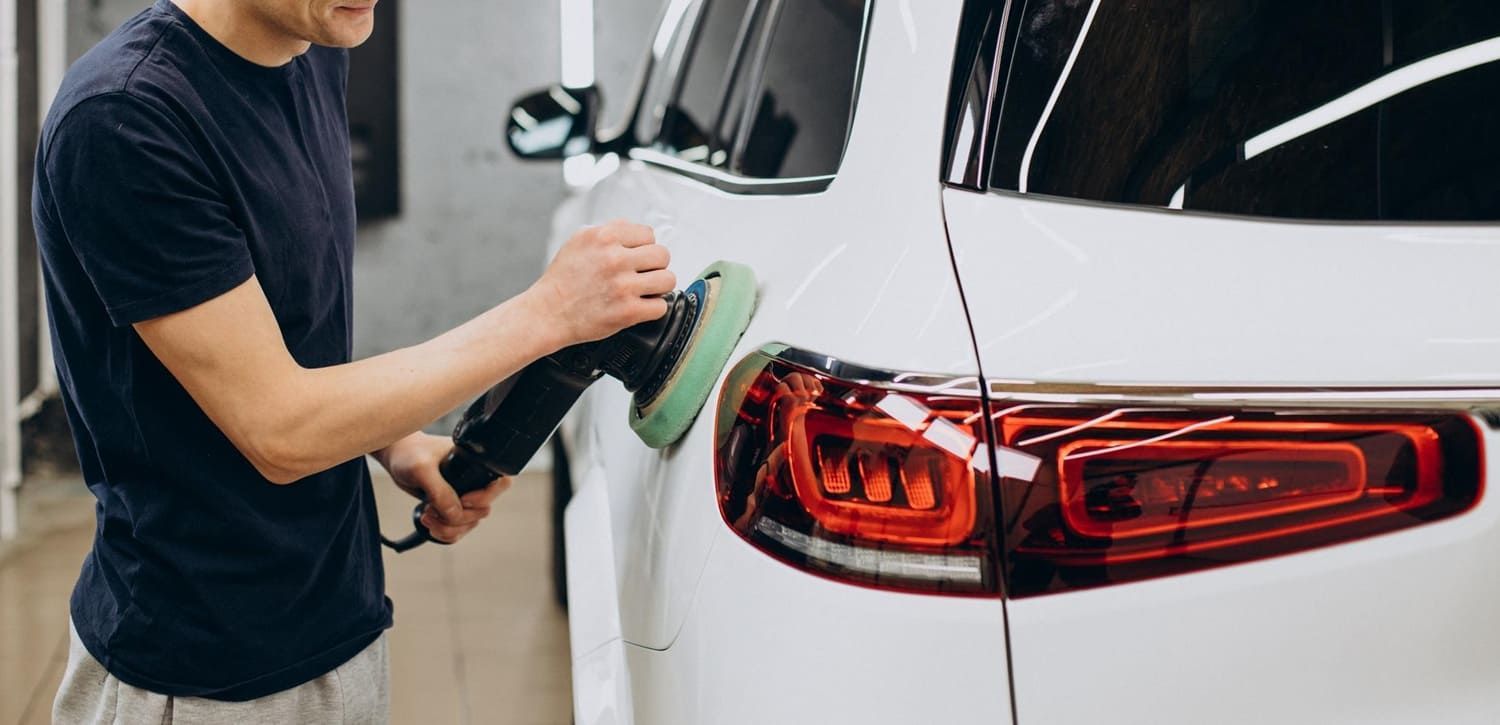
What Is Ceramic Coating and How Does It Work?
Ceramic coating is a liquid polymer that bonds chemically with a car's paint. It creates a protective layer over the surface, offering long-lasting protection. Unlike wax, which sits on the surface, ceramic coatings become part of the paint.
The application of ceramic coating involves meticulous preparation. The car's surface must be clean and free from contaminants for optimal bonding. Once applied, the coating offers various benefits.
Key benefits of ceramic coating:
- Durability: Lasts for years with proper care.
- Protection: Guards against UV rays, chemical stains, and minor scratches.
- Gloss: Enhances the paint’s natural shine and depth.
The hydrophobic property of ceramic coatings causes water to bead off, reducing water spots. This feature, along with the self-cleaning effect, makes maintaining a ceramic-coated vehicle easier. By understanding how ceramic coatings work, you can maximize their benefits. Choose quality products and ensure proper application to enjoy the full potential of ceramic protection.
Ceramic Coating vs Wax: Key Differences
Ceramic coating and wax serve as protective layers for car paint, yet they differ significantly. Both aim to preserve a car's shine and shield the paint, but their composition and durability set them apart. Understanding these differences can help car owners make informed choices.
Wax is a natural or synthetic substance that provides a temporary shine and light protection. It sits on the paint's surface and requires regular reapplication every few months. In contrast, ceramic coating is a semi-permanent solution, forming a chemical bond that enhances durability.
Key differences include:
- Longevity: Ceramic coatings last for years, while wax needs frequent reapplication.
- Durability: Ceramic coating offers superior protection against UV rays and contaminants.
- Appearance: Both can provide shine, but ceramic coatings enhance depth and clarity.
In summary, ceramic coatings offer a more robust and long-lasting alternative to wax. Though initially more expensive, the enduring protection they provide can offer long-term benefits and savings. For those seeking ultimate paint protection, ceramic coating is often the preferred choice.
Do You Need to Wax After Ceramic Coating?
Once you have applied a ceramic coating, many wonder if waxing is still necessary. The simple answer is no. The ceramic coating itself provides all the shine and protection you need without requiring a layer of wax.
Ceramic coating forms a durable bond with the car's paint, offering protection against environmental elements. This bond gives the paint a glossy finish, making waxing redundant. The coating is designed to repel water and resist contaminants more effectively than wax.
Reasons waxing is unnecessary:
- The coating already provides a sleek finish.
- Offers better protection against UV rays, dirt, and pollutants.
- Reduces maintenance frequency compared to traditional waxing.
However, some car owners still opt to wax over the ceramic coating for added shine. Though this can enhance glossiness temporarily, it doesn't contribute to protection. Ultimately, waxing after ceramic coating is a choice rather than a necessity, allowing for personal preferences.
The Importance of Car Ceramic Coating Maintenance
Maintaining your car's ceramic coating is vital for preserving its benefits and longevity. Regular maintenance helps the coating perform at its best. Without it, the coating can degrade over time, reducing its effectiveness.
Proper care ensures that the coating continues to protect against elements like UV rays and bird droppings. It keeps the surface looking vibrant and clean. Regular maintenance also maximizes the coating's hydrophobic properties, making it easier to wash and dry your car.
Key maintenance benefits:
- Prolongs the coating's lifespan.
- Enhances the shine and appearance.
- Maintains protection against contaminants.
It’s important to adopt a routine that includes regular washing and inspections. Avoid harsh chemicals and abrasive tools that can damage the coating. Consistent maintenance is the best way to enjoy all the benefits your ceramic coating offers.
Essential Steps for Ceramic Coating Maintenance
To keep your ceramic coating effective, regular maintenance is crucial. Start with a consistent washing routine using a pH-neutral car shampoo. This helps prevent dirt buildup and maintains the coating’s hydrophobic properties.
Avoid automatic car washes that use harsh brushes. These can degrade the coating over time. Opt for hand washing instead, which is gentler and more effective.
Key washing tips:
- Use a microfiber wash mitt.
- Rinse thoroughly to remove all soap.
- Wash in the shade to prevent water spots.
It is also important to dry the car correctly. Use clean microfiber towels to avoid scratches or swirls. Pay attention to areas with water spots or stubborn dirt.
Effective drying tips:
- Pat dry instead of rubbing.
- Focus on water-prone areas.
- Check for residues or streaks.
Regularly inspect the coating for any signs of wear or damage. Apply a ceramic coating maintenance spray periodically. This enhances the coating's protective qualities and restores its shiny finish.
Washing Your Ceramic Coated Car
Proper washing preserves the integrity of the ceramic coating. Begin with a gentle, pH-neutral shampoo. This type of shampoo is less likely to strip the coating.
Rinse the car thoroughly before washing. This removes loose dirt and prevents scratches. Use a two-bucket method: one for soapy water, one for rinsing.
Effective washing strategy:
- Wash top to bottom.
- Use a clean mitt.
- Rinse frequently.
Avoid washing in direct sunlight, as it can cause water spots. Hand washing at home ensures you avoid harsh industrial car wash methods. This step is fundamental to keeping the coating in peak condition.
Drying and Spot Removal
Drying your car correctly is essential for ceramic coating maintenance. Use soft microfiber towels to prevent damaging the surface.
Focus on drying the car thoroughly to avoid water spots. Pat dry instead of rubbing. This method prevents streaks and retains the coating’s integrity.
Spot removal tips:
- Use quick detail spray for stubborn spots.
- Keep towels dry and clean.
- Remove spots immediately to prevent etching.
Inspect the car after drying, looking for any remaining spots. Prompt removal of any contamination helps preserve the coating’s qualities. This step keeps your car looking its best over time.
Using a Ceramic Coating Maintenance Spray
A ceramic coating maintenance spray revitalizes the coating's hydrophobic properties. Apply it after washing and drying the car for best results.
The spray enhances the coating’s protective qualities by forming a fresh barrier on the paint. This helps maintain its hydrophobic effect, keeping dirt and grime at bay.
Spray application tips:
- Apply to a clean, dry surface.
- Use a microfiber cloth to buff.
- Follow manufacturer's instructions for optimal results.
Routine use of maintenance spray can extend the life of your ceramic coating significantly. It's a simple but effective step in comprehensive car care. Employing this spray regularly ensures your vehicle maintains a pristine look.
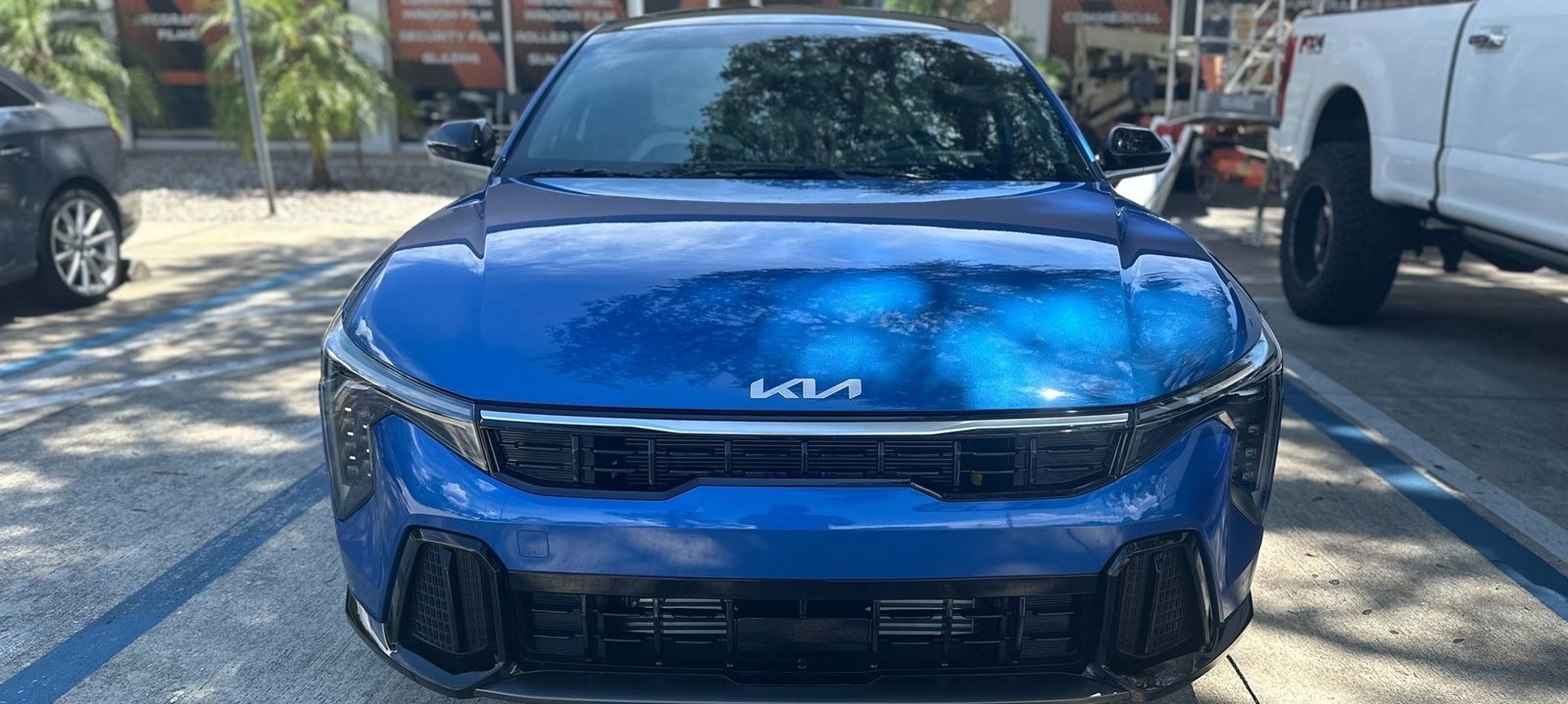
Common Mistakes to Avoid with Ceramic Coating
When caring for a ceramic-coated car, certain errors can compromise the coating. Using harsh chemicals is a common mistake. These can degrade the coating and reduce its protective properties. Always select products that are safe for ceramic coatings.
Another error is neglecting regular maintenance. Over time, dirt and contaminants can accumulate. This can dull the coating's glossy finish and diminish its hydrophobic nature.
Mistakes to avoid:
- Using abrasive sponges or brushes.
- Skipping regular washes.
- Ignoring water spots and contaminants.
Proper care and attention can enhance the longevity and effectiveness of your ceramic coating. Remember, consistency is key to keeping the coating in top shape. Regular maintenance helps prevent these common pitfalls.
Professional vs DIY Ceramic Coating Maintenance
Choosing between professional and DIY ceramic coating maintenance depends on your preferences and skills. Professional services offer expertise and can ensure high-quality results. They possess specialized tools and products that might not be available to the general public.
On the other hand, DIY maintenance can save costs but requires careful attention and precision. Errors during DIY maintenance can impact the coating's durability and appearance.
Considerations for choosing:
- Cost vs. convenience.
- Access to specialized tools and products.
- Time commitment and personal skill level.
Ultimately, the decision hinges on your confidence and the value you place on professional expertise.
Conclusion: The Best Way to Protect Your Car’s Shine
At Solar Shade Window Tint, your premier ceramic coating installers serving Jacksonville, FL & Lake City, FL, we specialize in protecting and enhancing your vehicle with high-performance ceramic coatings. These coatings offer unmatched durability and a long-lasting glossy finish that far exceeds traditional wax.
To fully enjoy the benefits of ceramic coating, proper maintenance is key. Regular cleaning with pH-neutral products preserves the coating’s integrity, while using a ceramic coating maintenance spray rejuvenates its hydrophobic properties—keeping your car looking sleek, shiny, and spotless.
Although waxing isn’t necessary after ceramic coating, it can be used to add an optional extra layer of gloss. With the right care and expert installation from Solar Shade Window Tint, your car will continue turning heads and resisting the elements for years to come.
Contact us today for a free estimate, and let us help you protect your investment with the finest ceramic coating service in North Florida.
FAQs About Waxing After Ceramic Coating
Do I need to wax my car after applying ceramic coating?
No, waxing is not necessary after ceramic coating. The coating already provides long-lasting protection, shine, and hydrophobic properties that outperform traditional wax.
Will waxing improve the performance of ceramic coating?
Waxing isn’t required and may actually interfere with the coating’s properties. Ceramic coatings are designed to function independently without the need for wax layers.
Can I apply wax on top of ceramic coating?
You can, but it’s generally not recommended. Adding wax may reduce the slickness and water behavior of the coating rather than enhancing it.
Is it safe to use detail spray instead of wax after ceramic coating?
Yes, ceramic-safe detail sprays or toppers can enhance gloss and slickness without compromising the coating. Look for products labeled as coating-compatible.
What happens if I wax over ceramic coating?
It won’t damage the coating, but it may reduce the self-cleaning and hydrophobic effects. If applied, wax will eventually wear off without affecting the base coating.
Does ceramic coating provide better protection than wax?
Yes, ceramic coatings last much longer, resist chemicals, UV rays, and heat, and offer better protection against water spots, stains, and contaminants.
How long does ceramic coating last compared to wax?
Ceramic coatings can last 2–7 years depending on product and maintenance, while traditional wax typically lasts a few weeks to a couple of months.
Is waxing outdated if I have a ceramic-coated car?
Yes, in most cases. Ceramic coatings have replaced the need for regular waxing by offering superior and more durable protection.
Can I use ceramic boosters instead of wax?
Absolutely. Ceramic toppers or SiO2 sprays are designed to bond with your coating and refresh its hydrophobic and glossy properties.
Does waxing help maintain the shine of ceramic coating?
Not necessarily. The coating maintains its own shine, and proper washing with pH-neutral soap is usually enough to preserve its appearance.
Is there a benefit to waxing a ceramic-coated car for car shows?
If you want extra gloss for a temporary visual boost, wax may add a warm glow—but it’s purely aesthetic and not required for protection.
Can waxing help fix fading or dull ceramic coating?
No, if the coating appears dull, it may need decontamination or reapplication of a ceramic topper—not wax.
How should I maintain ceramic coating instead of waxing?
Regular hand washing with ceramic-safe products, occasional use of SiO2 sprays, and avoiding abrasive chemicals will keep your coating performing at its best.
What products are best to use after ceramic coating instead of wax?
Use pH-neutral car wash soap, ceramic refreshers, silica sprays, or coating-specific maintenance products—skip traditional wax.
Will wax make a ceramic-coated car harder to clean?
It could, especially if it alters the hydrophobic layer. Wax residue may trap dirt more easily than a clean coated surface.
Does waxing extend the life of ceramic coating?
No, it doesn’t. Ceramic coatings are designed to last on their own. Proper maintenance, not waxing, is key to longevity.
Can I remove wax from a ceramic-coated surface?
Yes, use a coating-safe prep spray or mild degreaser to remove wax without damaging the ceramic layer.
Is waxing recommended between ceramic coating applications?
Not at all. It's better to refresh with compatible ceramic toppers rather than using wax during reapplication intervals.
What should I avoid applying over ceramic coating?
Avoid wax, silicone-based polishes, abrasive compounds, or any non-ceramic products that can dull or coat the surface improperly.
How do professionals maintain ceramic-coated cars without wax?
They use specialty shampoos, drying aids, and ceramic boosters to maintain slickness and gloss—no wax involved.

